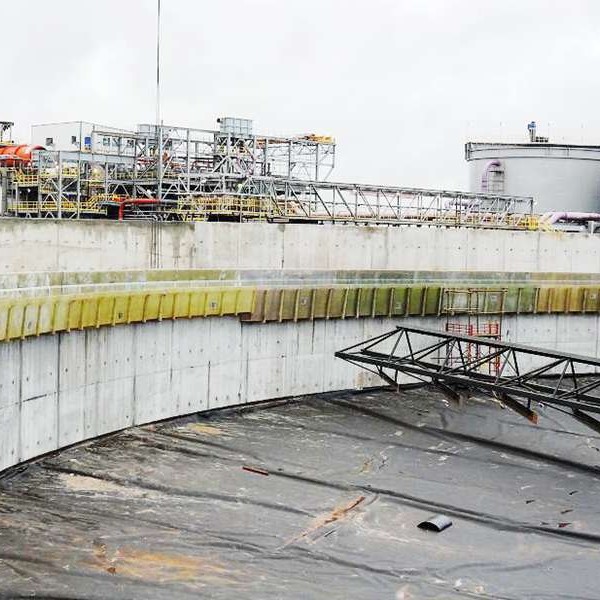
-
 Afrikaans
Afrikaans -
 Albanian
Albanian -
 Amharic
Amharic -
 Arabic
Arabic -
 Armenian
Armenian -
 Azerbaijani
Azerbaijani -
 Basque
Basque -
 Belarusian
Belarusian -
 Bengali
Bengali -
 Bosnian
Bosnian -
 Bulgarian
Bulgarian -
 Catalan
Catalan -
 Cebuano
Cebuano -
 China
China -
 China (Taiwan)
China (Taiwan) -
 Corsican
Corsican -
 Croatian
Croatian -
 Czech
Czech -
 Danish
Danish -
 Dutch
Dutch -
 English
English -
 Esperanto
Esperanto -
 Estonian
Estonian -
 Finnish
Finnish -
 French
French -
 Frisian
Frisian -
 Galician
Galician -
 Georgian
Georgian -
 German
German -
 Greek
Greek -
 Gujarati
Gujarati -
 Haitian Creole
Haitian Creole -
 hausa
hausa -
 hawaiian
hawaiian -
 Hebrew
Hebrew -
 Hindi
Hindi -
 Miao
Miao -
 Hungarian
Hungarian -
 Icelandic
Icelandic -
 igbo
igbo -
 Indonesian
Indonesian -
 irish
irish -
 Italian
Italian -
 Japanese
Japanese -
 Javanese
Javanese -
 Kannada
Kannada -
 kazakh
kazakh -
 Khmer
Khmer -
 Rwandese
Rwandese -
 Korean
Korean -
 Kurdish
Kurdish -
 Kyrgyz
Kyrgyz -
 Lao
Lao -
 Latin
Latin -
 Latvian
Latvian -
 Lithuanian
Lithuanian -
 Luxembourgish
Luxembourgish -
 Macedonian
Macedonian -
 Malgashi
Malgashi -
 Malay
Malay -
 Malayalam
Malayalam -
 Maltese
Maltese -
 Maori
Maori -
 Marathi
Marathi -
 Mongolian
Mongolian -
 Myanmar
Myanmar -
 Nepali
Nepali -
 Norwegian
Norwegian -
 Norwegian
Norwegian -
 Occitan
Occitan -
 Pashto
Pashto -
 Persian
Persian -
 Polish
Polish -
 Portuguese
Portuguese -
 Punjabi
Punjabi -
 Romanian
Romanian -
 Russian
Russian -
 Samoan
Samoan -
 Scottish Gaelic
Scottish Gaelic -
 Serbian
Serbian -
 Sesotho
Sesotho -
 Shona
Shona -
 Sindhi
Sindhi -
 Sinhala
Sinhala -
 Slovak
Slovak -
 Slovenian
Slovenian -
 Somali
Somali -
 Spanish
Spanish -
 Sundanese
Sundanese -
 Swahili
Swahili -
 Swedish
Swedish -
 Tagalog
Tagalog -
 Tajik
Tajik -
 Tamil
Tamil -
 Tatar
Tatar -
 Telugu
Telugu -
 Thai
Thai -
 Turkish
Turkish -
 Turkmen
Turkmen -
 Ukrainian
Ukrainian -
 Urdu
Urdu -
 Uighur
Uighur -
 Uzbek
Uzbek -
 Vietnamese
Vietnamese -
 Welsh
Welsh -
 Bantu
Bantu -
 Yiddish
Yiddish -
 Yoruba
Yoruba -
 Zulu
Zulu
fiberglass tank
The Rise of Fiberglass Tanks A Revolution in Storage Solutions
Fiberglass tanks have emerged as a vital solution for a wide array of storage needs, offering durability, versatility, and sustainability. As industries continue to evolve, the demand for efficient storage options has grown significantly, prompting a shift towards materials that can withstand the test of time and environmental challenges. Fiberglass, a composite material created from fine glass fibers, has gained popularity in recent years due to its remarkable physical properties.
One of the primary benefits of fiberglass tanks is their resistance to corrosion. Unlike traditional metal storage options, which often succumb to rust and other forms of degradation due to environmental factors, fiberglass is inherently inert. This makes it an ideal choice for storing a variety of liquids, including chemicals, water, and fuel. As a result, industries such as agriculture, water treatment, and chemical processing have increasingly adopted fiberglass tanks in their operations.
In addition to their corrosion resistance, fiberglass tanks are lightweight compared to their metal counterparts. This feature not only simplifies transportation and installation but also reduces overall labor costs. The flexibility in design and construction of fiberglass allows for custom shapes and sizes, making these tanks suitable for both large-scale industrial applications and smaller residential use. With the ability to tailor the dimensions and capacities, businesses can find the perfect fit for their specific storage needs.
fiberglass tank

Moreover, fiberglass tanks offer exceptional longevity
. When properly maintained, these tanks can last for decades, which significantly reduces the need for frequent replacements. This longevity translates to a lower total cost of ownership over time, as businesses can invest in a single, durable solution rather than having to replace tanks periodically. Additionally, the reduced frequency of replacement contributes to a decrease in waste and environmental impact, aligning with modern sustainability goals.The installation process for fiberglass tanks is also less complicated than that of traditional materials. They can be installed above ground or underground, giving users flexibility based on their location and requirements. Furthermore, the smooth interior surfaces of fiberglass tanks minimize bacterial growth, making them particularly suitable for applications involving water storage for drinking or irrigation purposes. The ease of cleaning and maintenance of fiberglass contributes further to its appeal.
With the growing awareness of environmental sustainability, the production of fiberglass tanks has also shifted towards using recycled materials. Manufacturers are increasingly utilizing post-consumer glass, which not only reduces the carbon footprint associated with raw material extraction but also promotes a circular economy. As industries look for ways to minimize their environmental impact, fiberglass tanks present a compelling option that balances functionality with ecological responsibility.
In conclusion, fiberglass tanks represent a significant advancement in storage technology, offering a multitude of advantages over traditional storage solutions. Their resistance to corrosion, lightweight nature, adaptability in design, longevity, and low maintenance needs make them an attractive option for various industries. As we continue to prioritize sustainability and efficiency in our operations, the adoption of fiberglass tanks is poised to grow, setting a new standard in the storage of liquids and other materials. Whether for industrial applications or residential use, fiberglass tanks are revolutionizing the way we think about storage solutions, making them an essential component in the modern world.









